|
On the last Wednesday of every month, I serve up a potpourri of advice, inspiration and other tidbits I've come across in recent weeks. This month -- this week, in fact -- finds us commemorating both Earth Day and Arbor Day. In the spirit of those two observances, here's a collection of quotes about nature and the planet on which we live. As a bonus, I'm including at the end of this post, some of my favorite nature shots from our recent visit to the Southwest. Love of wilderness is more than a hunger for what is always beyond reach; it is also an expression of loyalty to the earth which bore us and sustains us, the only home we shall ever know, the only paradise we ever need -- if only we had the eyes to see. -- Edward Abbey Find your place on the planet, dig in, and take responsibility from there. -- Gary Snyder The Earth was small, light blue, and so touchingly alone, our home that must be defended like a holy relic. The Earth was absolutely round. I believe I never knew what the word round meant until I saw Earth from space. -- Alexey Leonov, Russian cosmonaut The universe is composed of subjects to be communed with, not objects to be exploited. Everything has its own voice. Thunder and lightning and stars and planets, flowers, birds, animals, trees -- all of these have voices, and they constitute a community of existence that is profoundly related. -- Thomas Berry The earth is a living thing. Mountains speak, trees sing, lakes can think, pebbles have a soul, rocks have power. -- Henry Crow Dog When I get sick of what men do, I have only to walk a few steps in another direction to see what spiders do. Or what weather does. This sustains me very well indeed. -- E.B. White, One Man's Meat Those who contemplate the beauty of the earth find reserves of strength that will endure as long as life lasts. There is symbolic as well as actual beauty in the migration of the birds, the ebb and flow of the tides, the folded bud ready for spring. There is something infinitely healing in the repeated refrains of nature -- the assurance that dawn comes after night, and spring after the winter. -- Rachel Carson Nature repairs her ravages -- but not all. The uptorn trees are not rooted again; the parted hills are left scarred; if there is a new growth, the trees are not the same as the old, and the hills underneath their green vesture bear the marks of the past rending. To the eyes that have dwelt on the past, there is no thorough repair. -- George Eliot, The Mill on the Floss What is the use of a house if you haven't got a tolerable planet to put it on? -- Henry David Thoreau Loyd: "It has to do with keeping things in balance . . . It's like the spirits have made a deal with us . . . The spirits have been good enough to let us live here and use the utilities, and we're saying: . . . We appreciate the rain, we appreciate the sun, we appreciate the deer we took . . . You've gone to a lot of trouble, and we'll try to be good guests." Codi: "Like a note you'd send somebody after you stayed in their house?" Loyd: "Exactly like that. 'Thanks for letting me sleep on your couch. I took some beer out of the refrigerator, and I broke a coffee cup. Sorry. I hope it wasn't your favorite one.' " -- Barbara Kingsolver, Animal Dreams And now, for a little more nature appreciation . . .
15 Comments
It's National Poetry Month! You didn't think I'd let that slip by unnoticed, did you? What better way to pass the time while waiting for spring's late arrival than to read—or write—a bit of poetry? Short on inspiration? Look no further than the things you encounter every day. 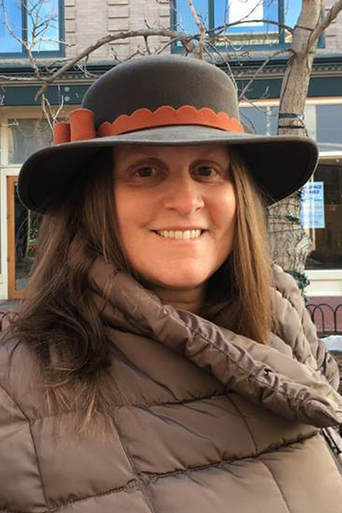 Cristina Trapani-Scott Cristina Trapani-Scott That's the advice of this week's guest, Cristina Trapani-Scott. I first met Cristina fourteen years ago at Bear River Writers' Conference. After the conference, we formed a writers' group with another writer we'd met there. The result was the Sister Scribes, an Ann Arbor-based group that eventually added three more members and became a source of support and motivation for all of us. 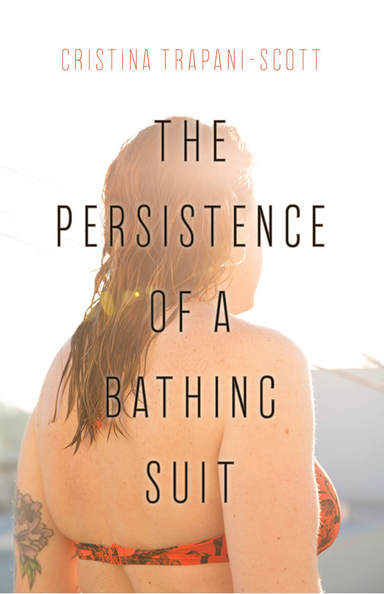 Cristina's debut chapbook collection of poems was published last year Cristina's debut chapbook collection of poems was published last year An author, educator, and former journalist, Cristina now lives and writes in Northern Colorado. Her debut chapbook collection of poems, The Persistence of a Bathing Suit, published in 2017 by Finishing Line Press, explores the moments that fill the space between surviving a breast cancer diagnosis and accepting the inevitability of change and uncertainty. Cristina's work has appeared in the Patterson Literary Review, Hip Mama Magazine, the Driftwood, Bigger Than They Appear: An Anthology of Very Short Poems, and Sweet Lemons 2: International Writings with a Sicilian Accent. She holds an MFA in poetry and fiction from Spalding University and currently teaches creative writing and composition online. Find Poetry in Everyday Things |
Written from the heart,
from the heart of the woods Read the introduction to HeartWood here.
Available now!Author
Nan Sanders Pokerwinski, a former journalist, writes memoir and personal essays, makes collages and likes to play outside. She lives in West Michigan with her husband, Ray. Archives
April 2022
Categories
All
|
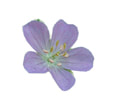
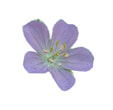
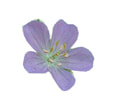
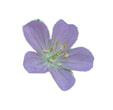
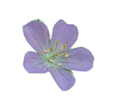
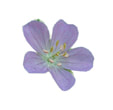
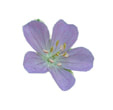
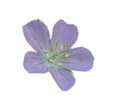

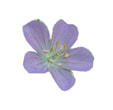
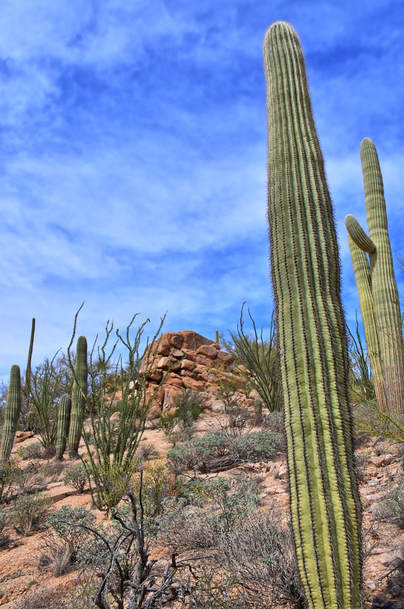
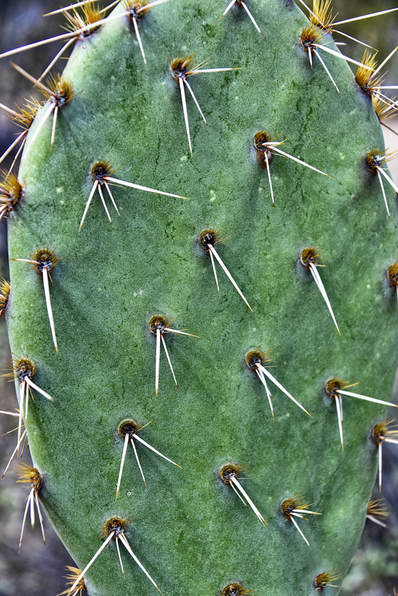
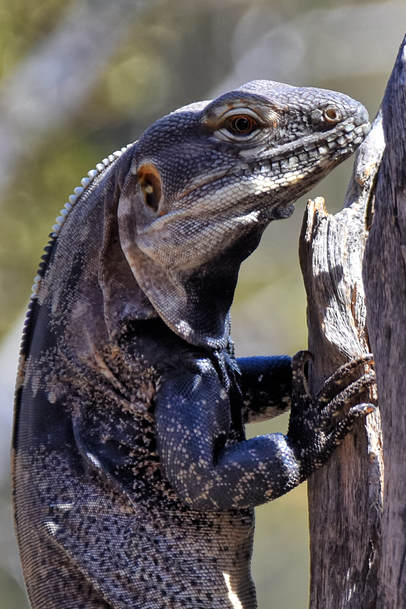
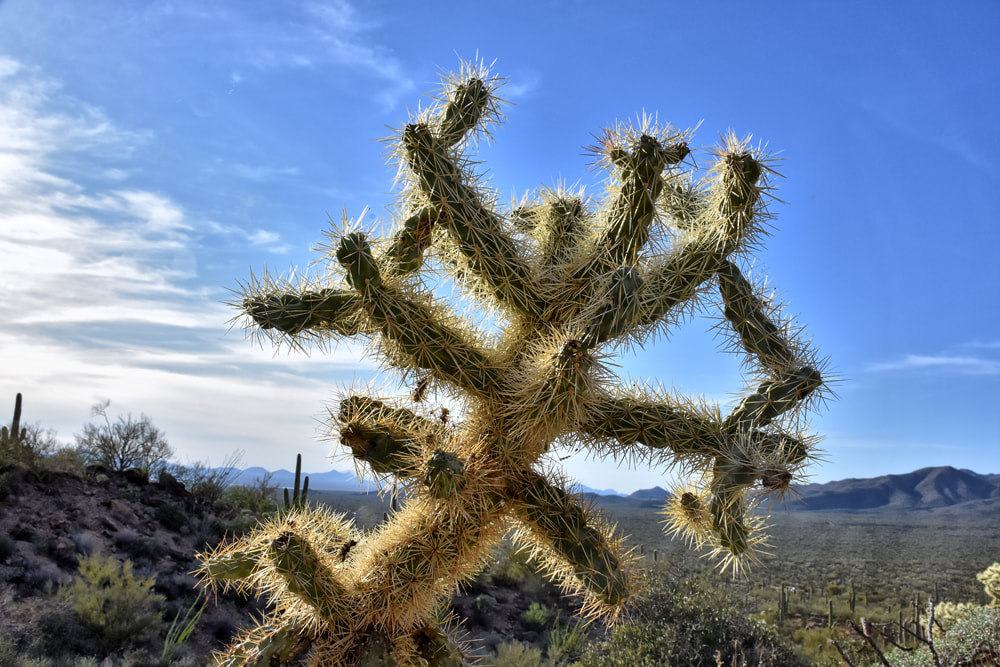
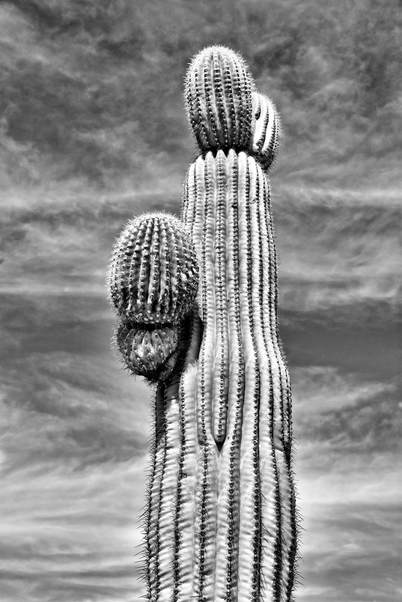
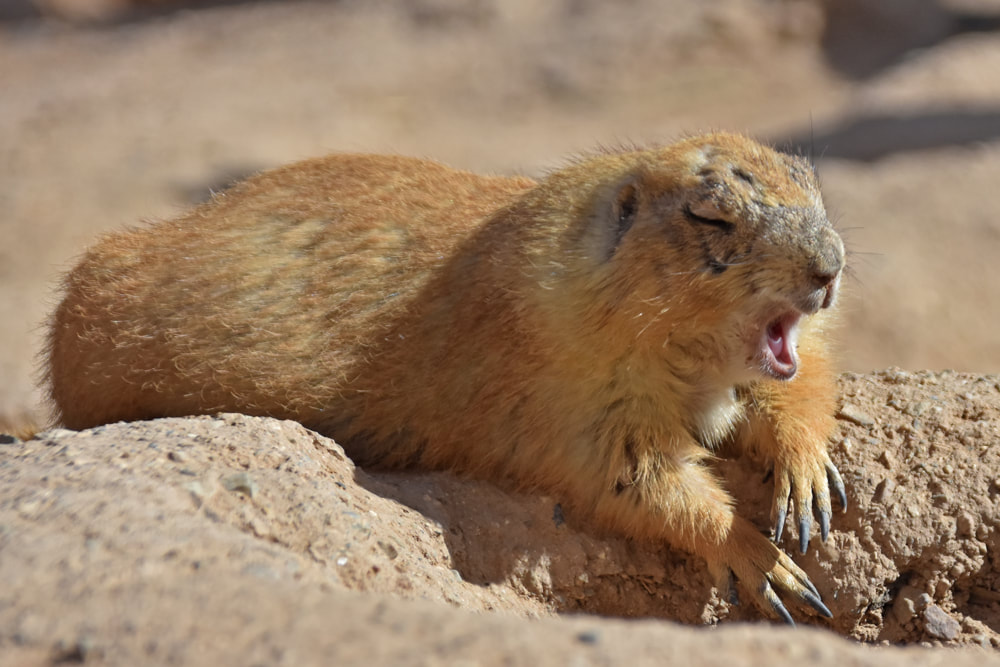
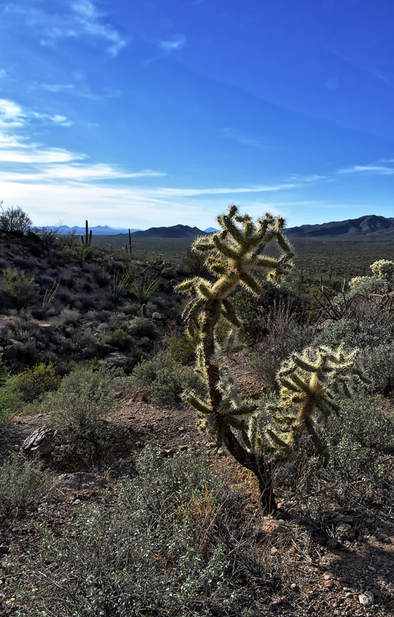
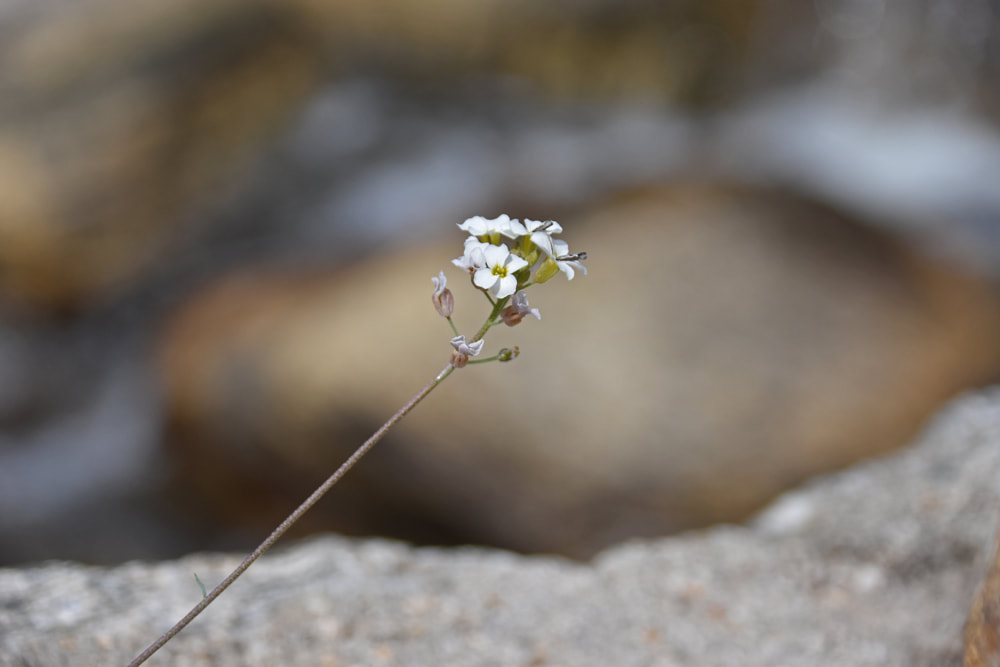
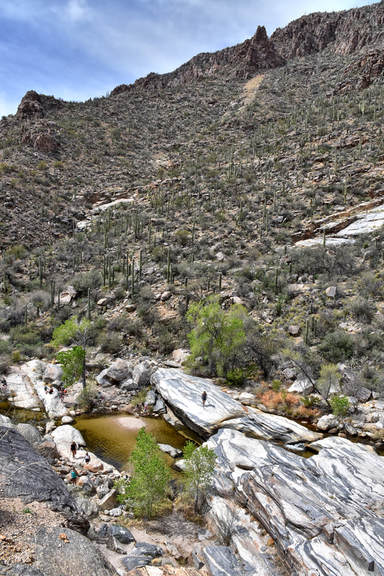
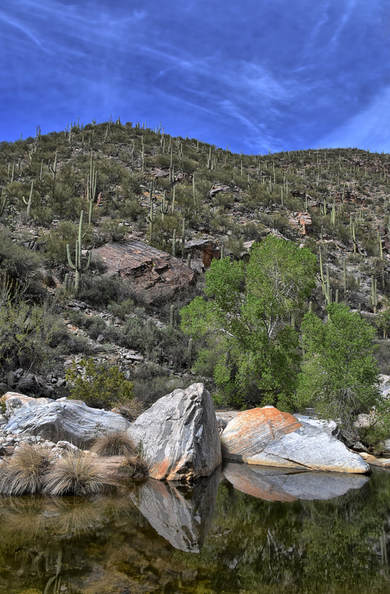
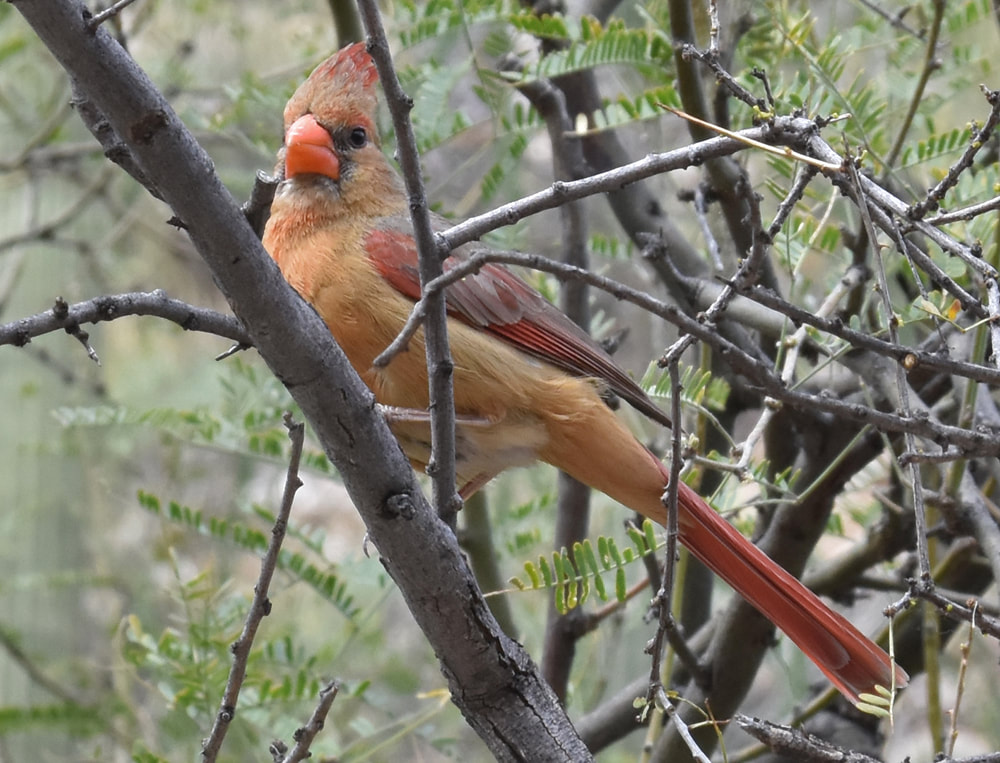
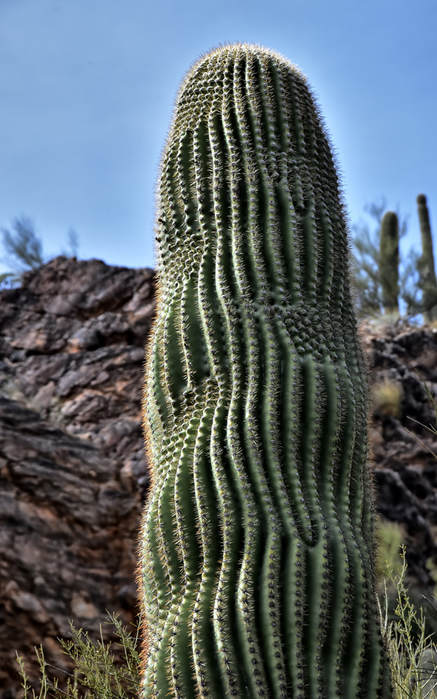

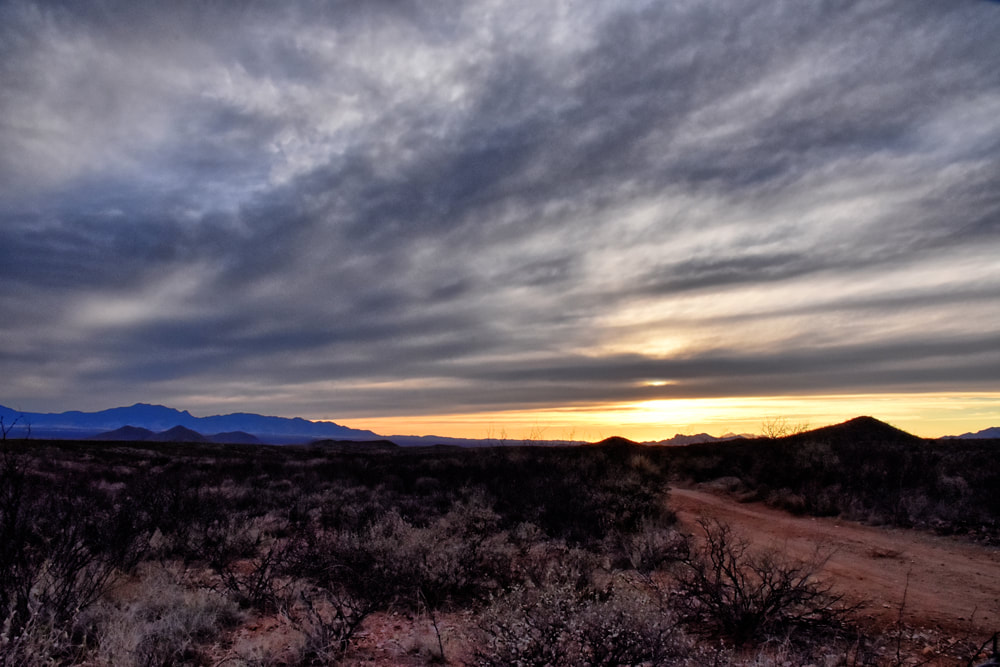
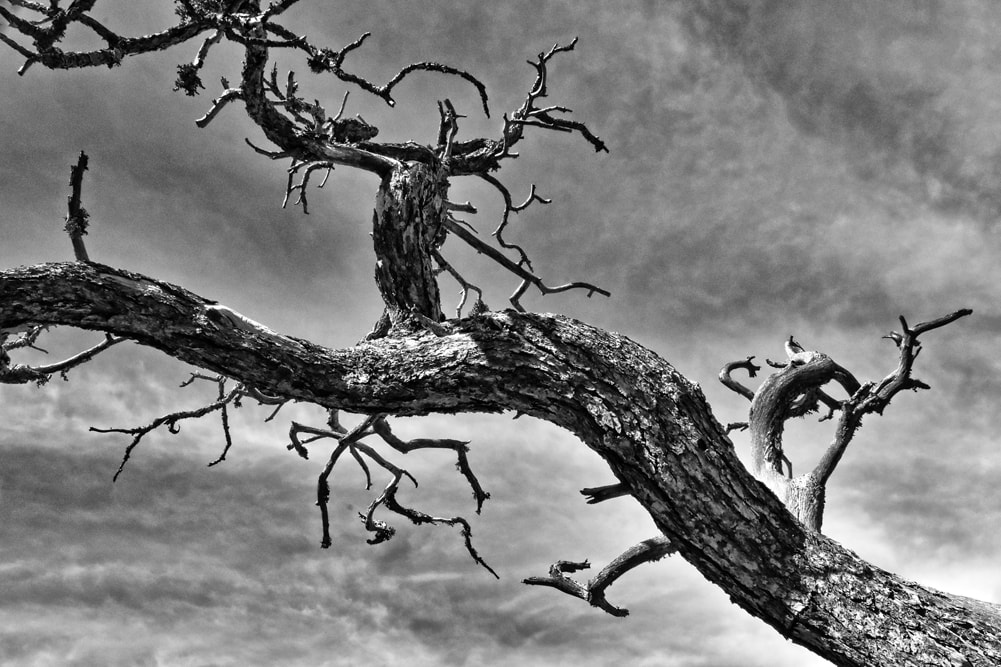
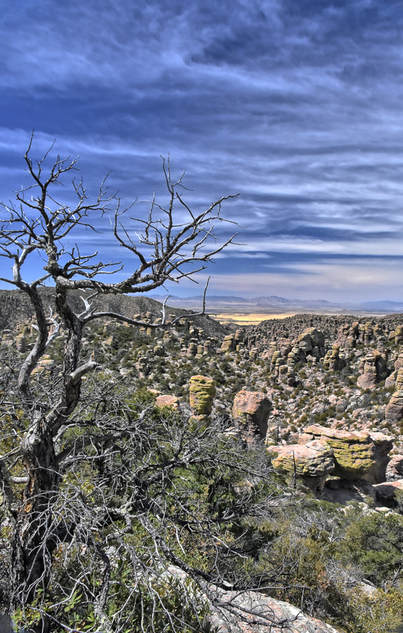
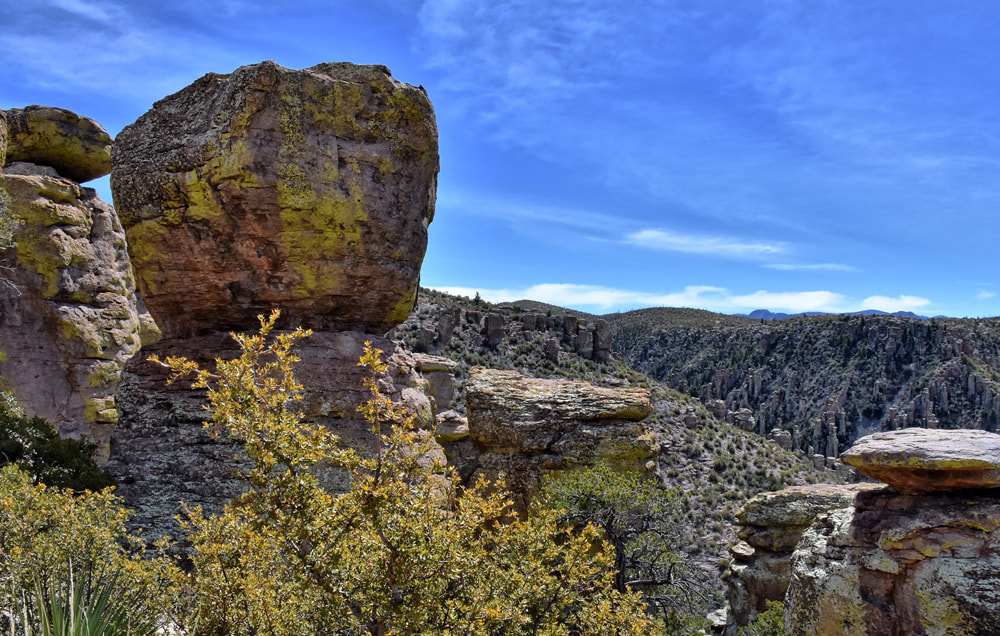
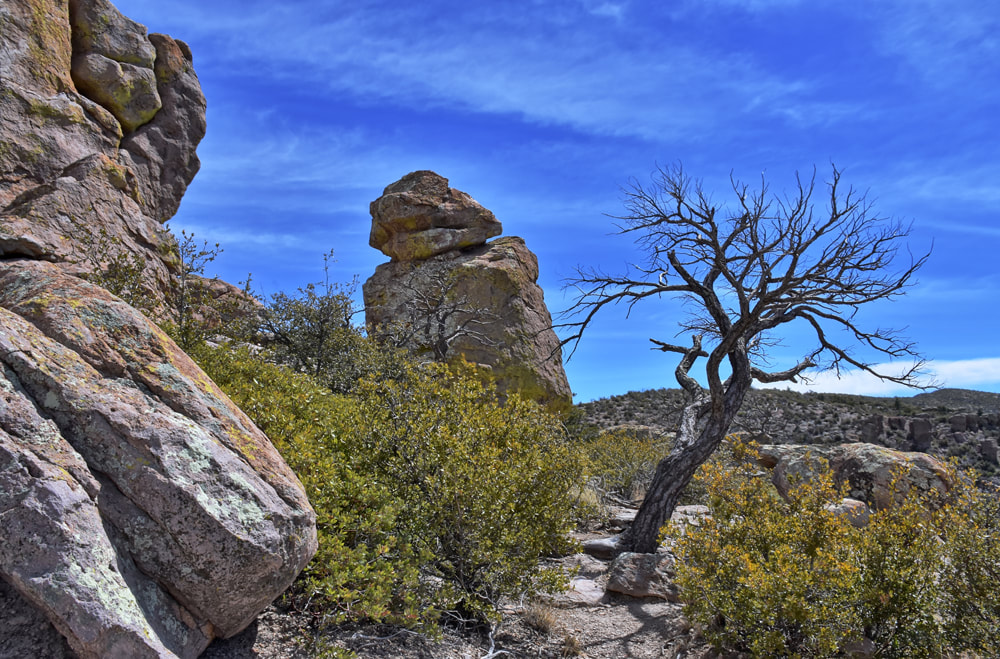
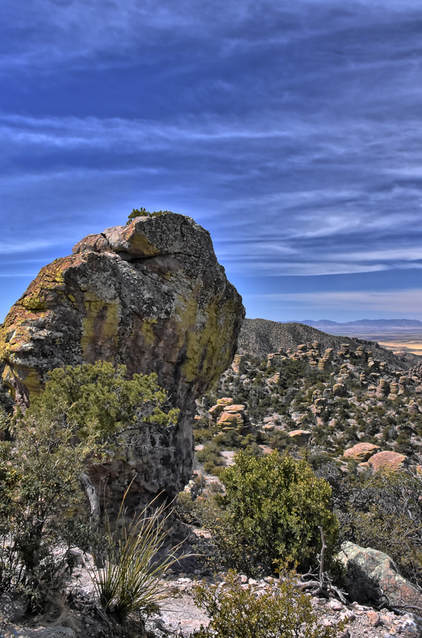
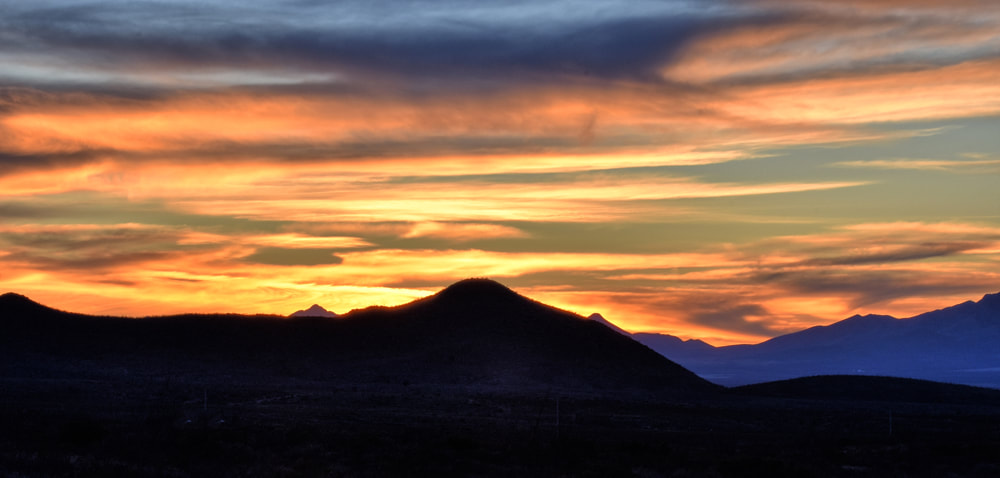
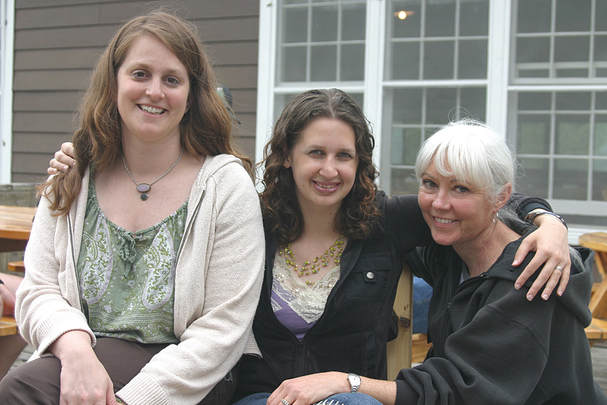
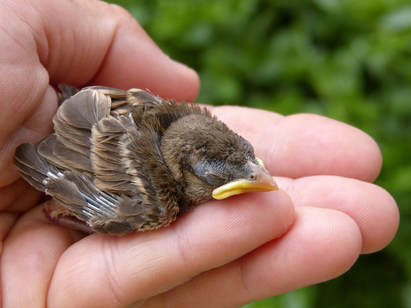
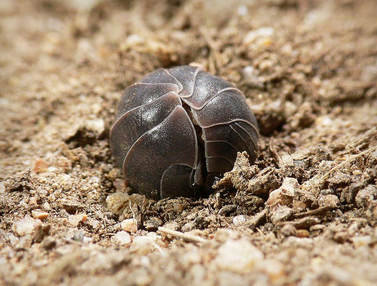
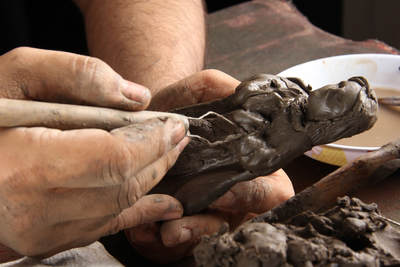

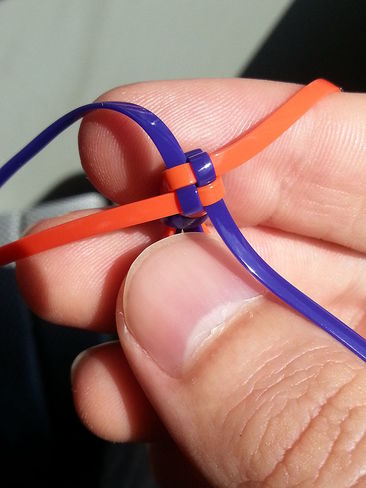

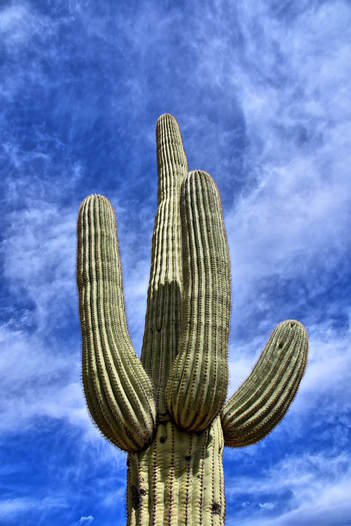
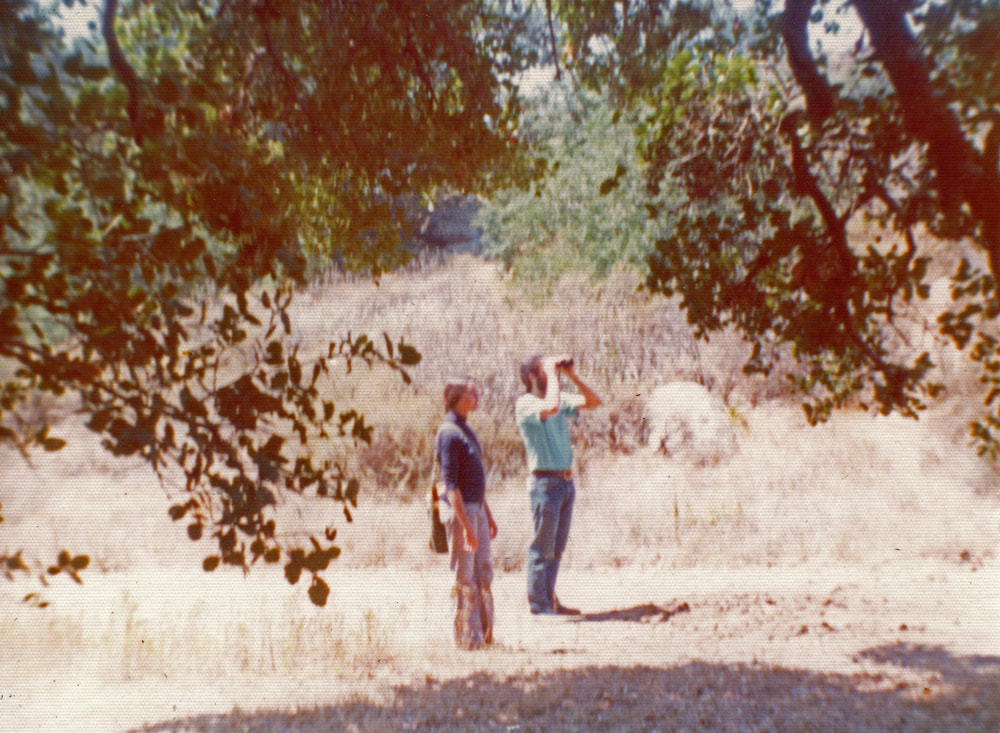
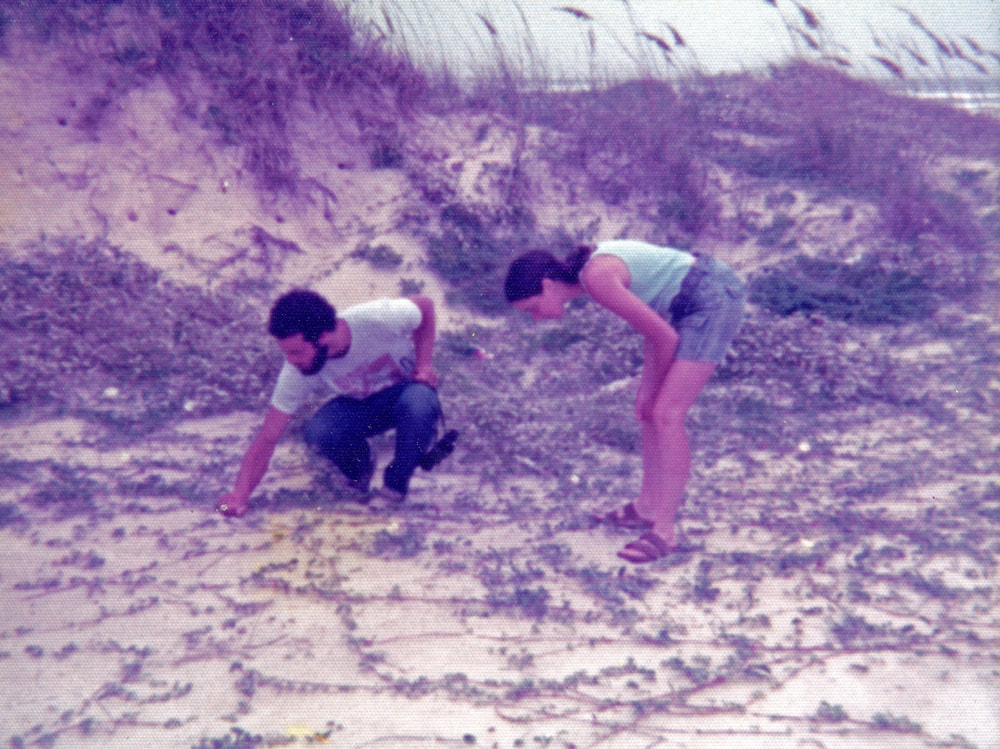
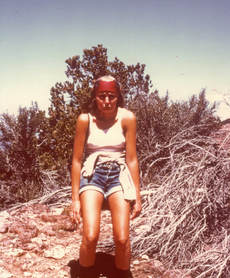
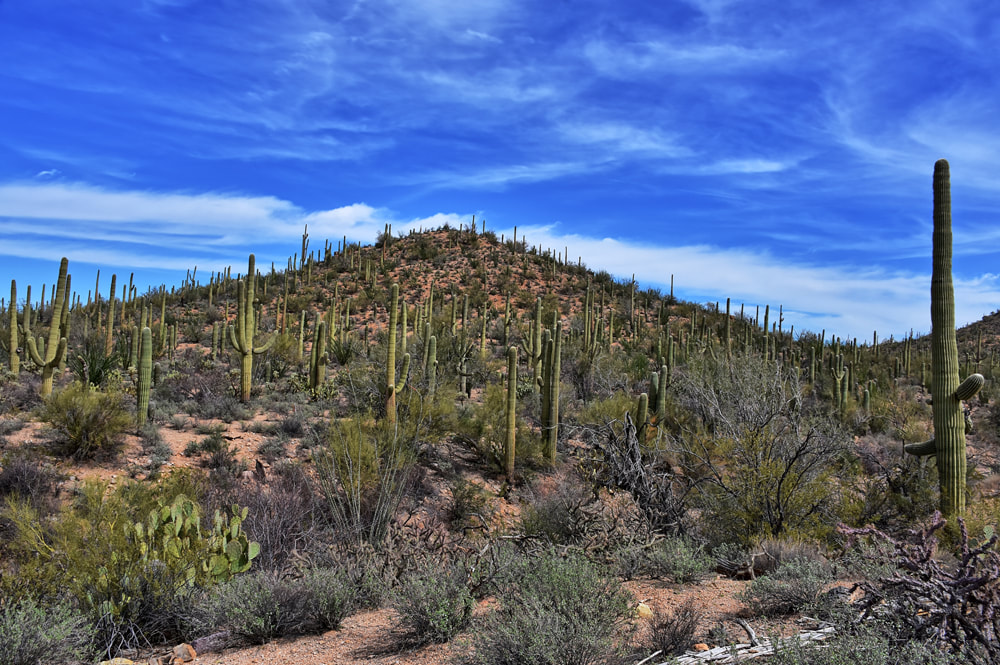
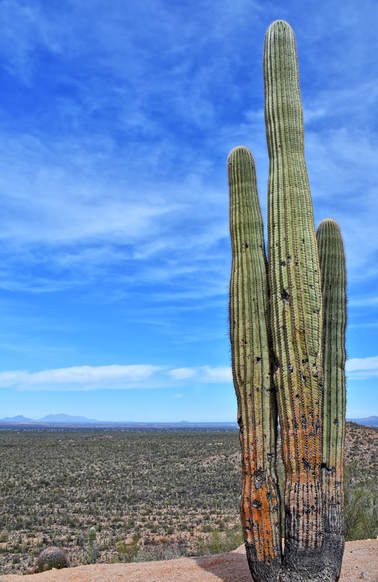

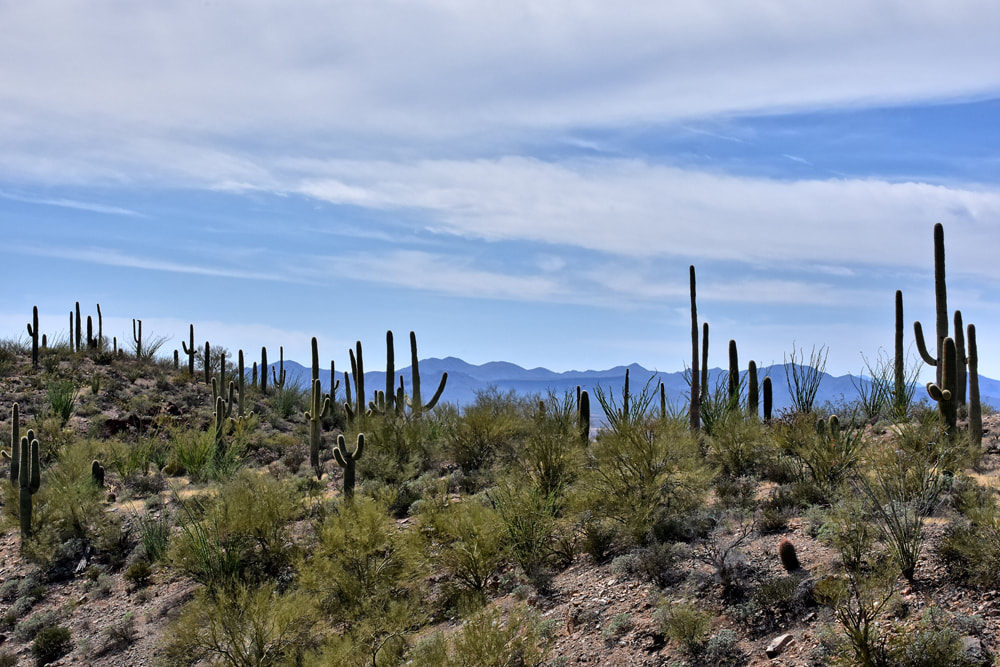
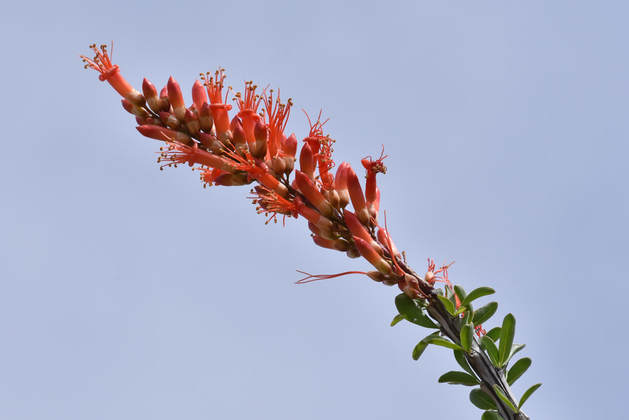
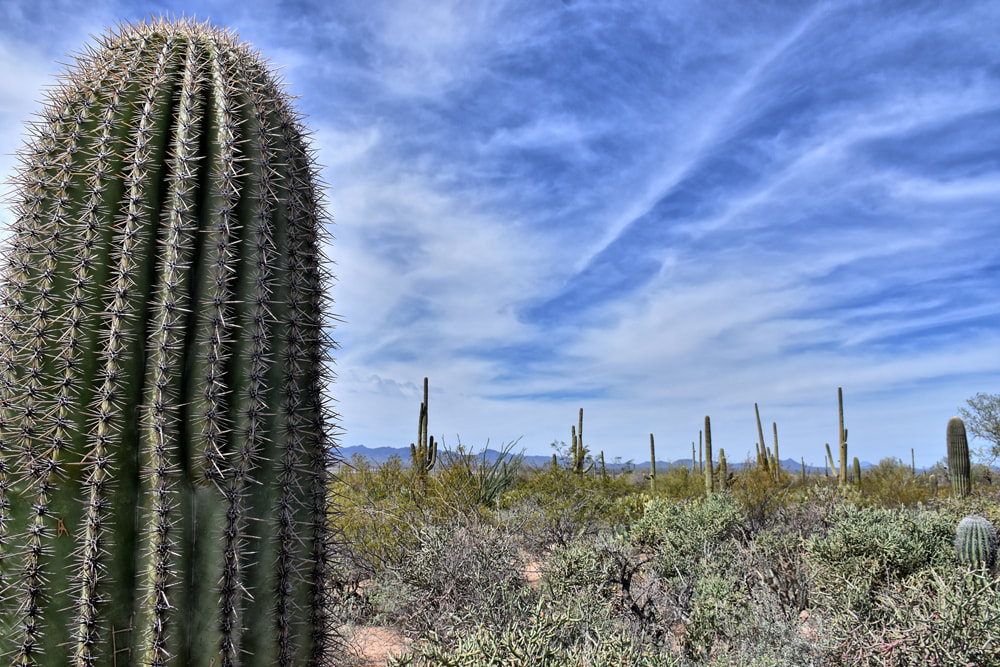
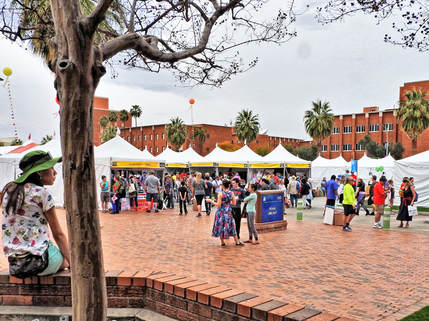
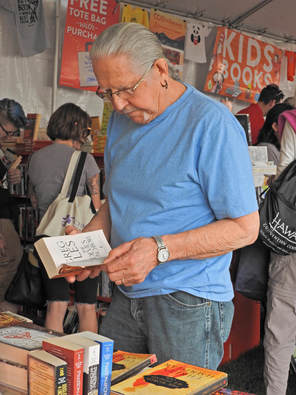
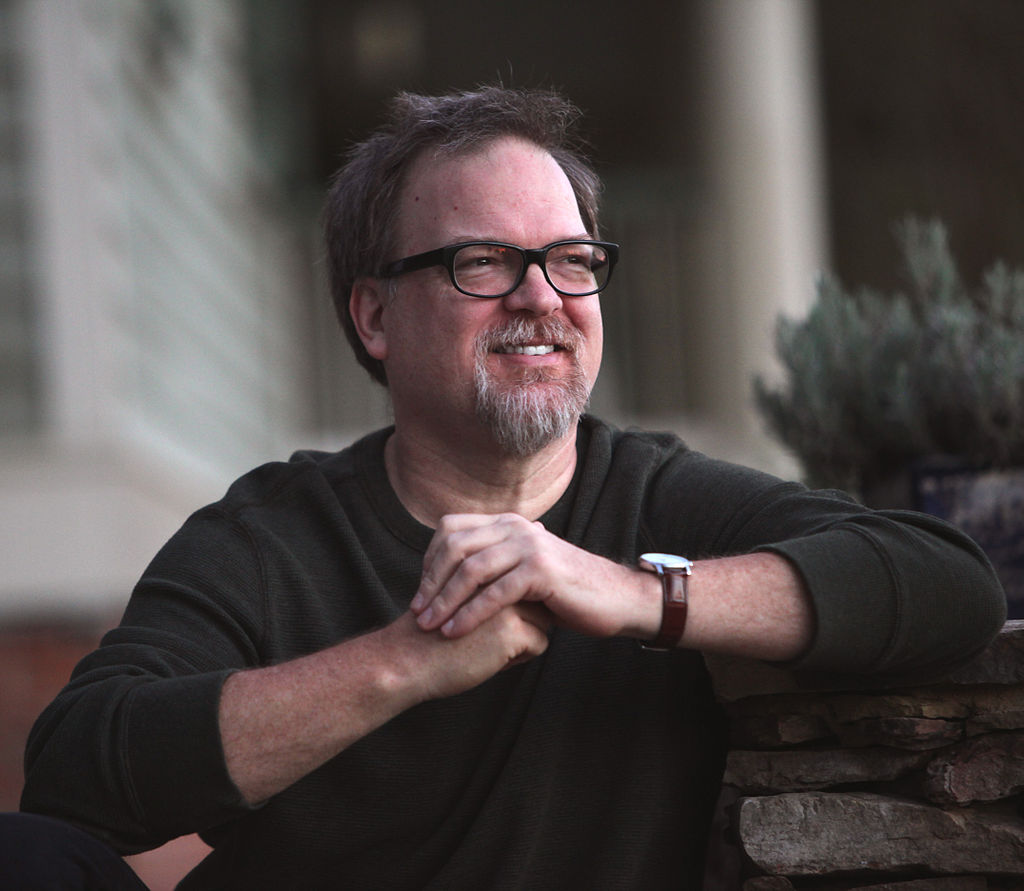
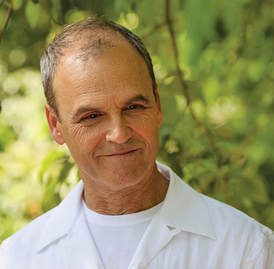
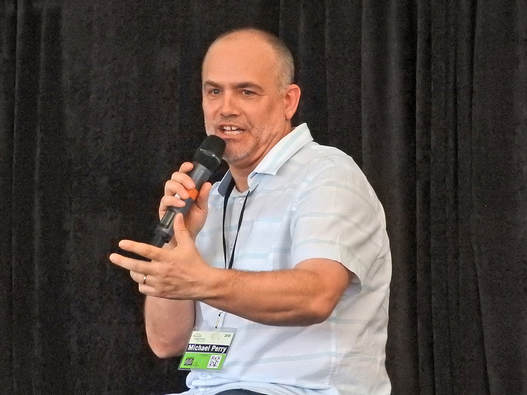
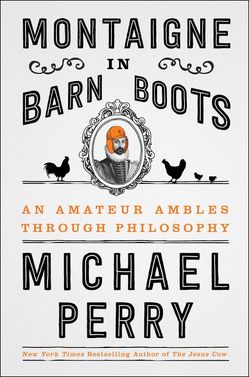
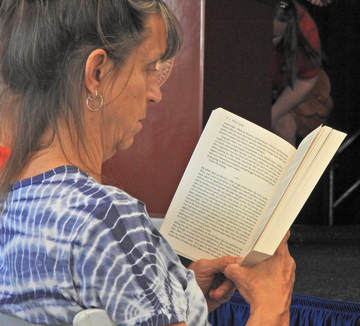
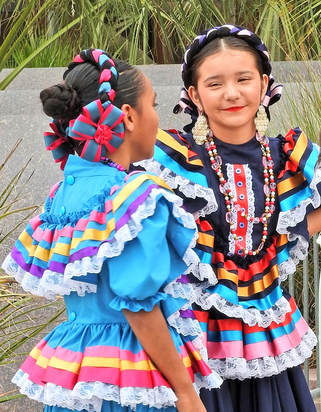
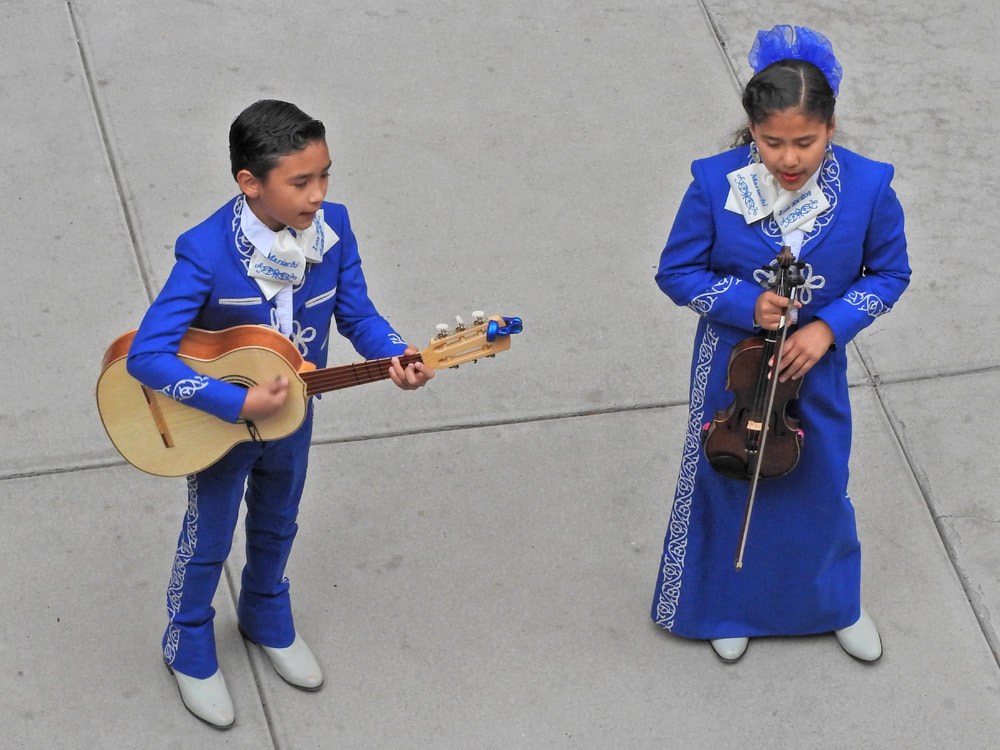




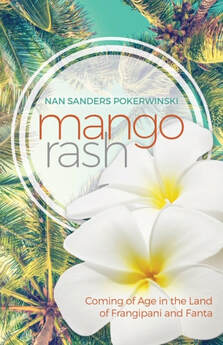
 RSS Feed
RSS Feed